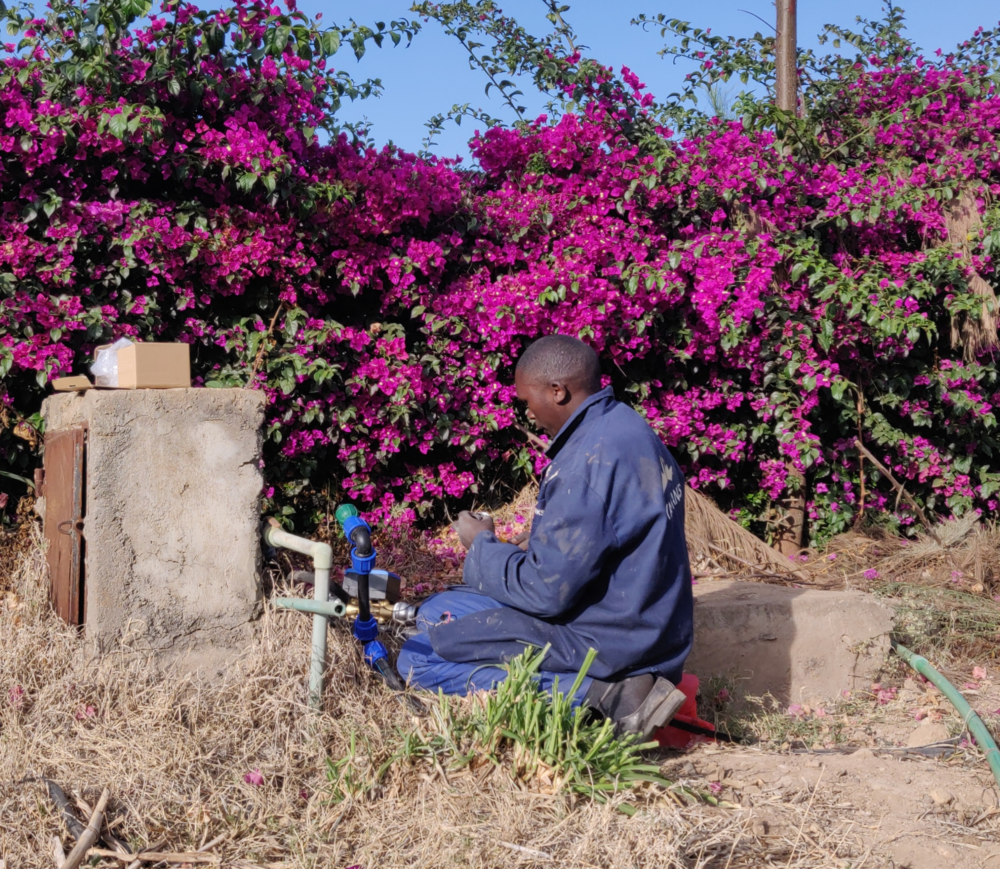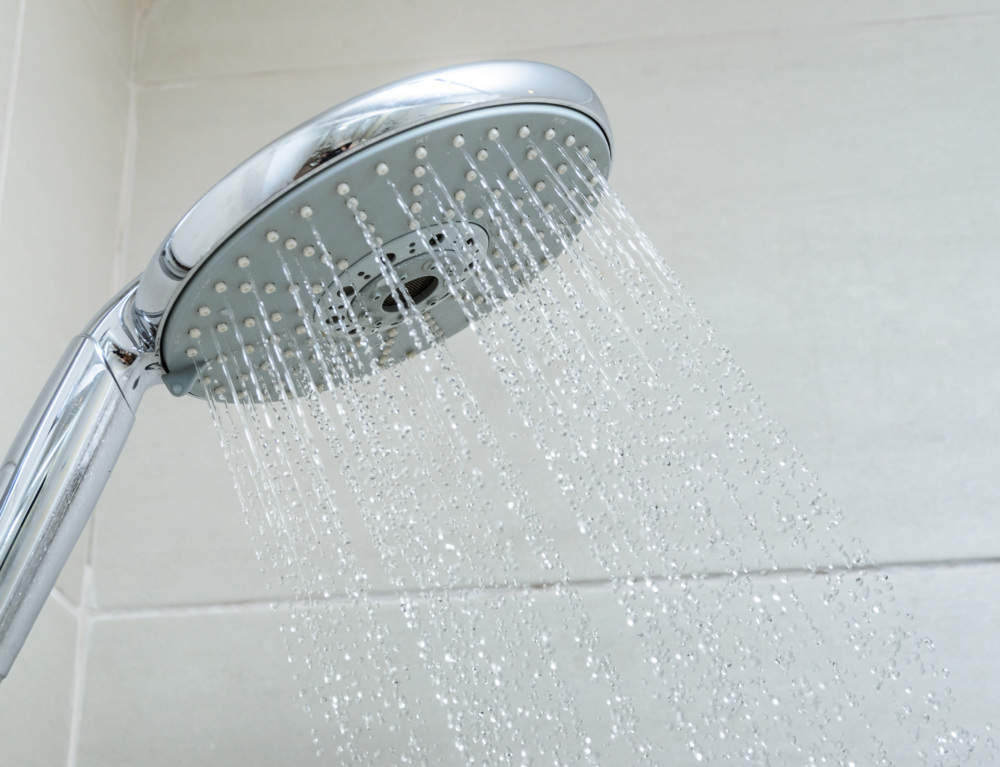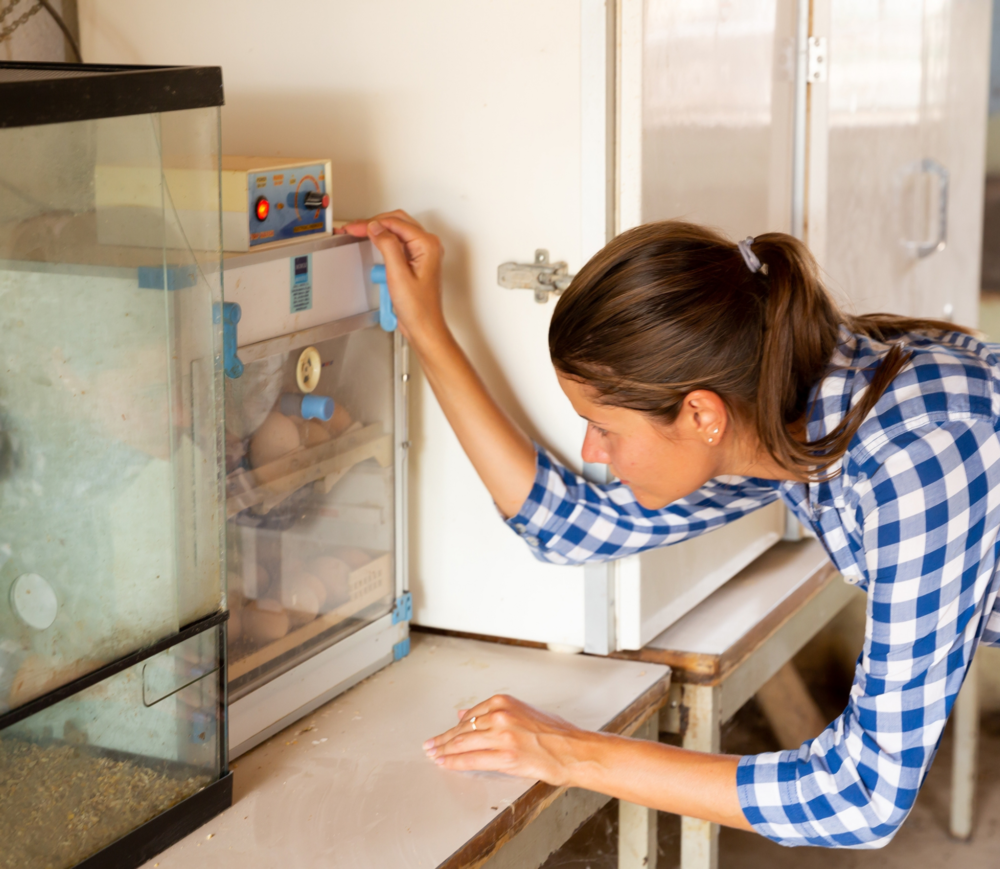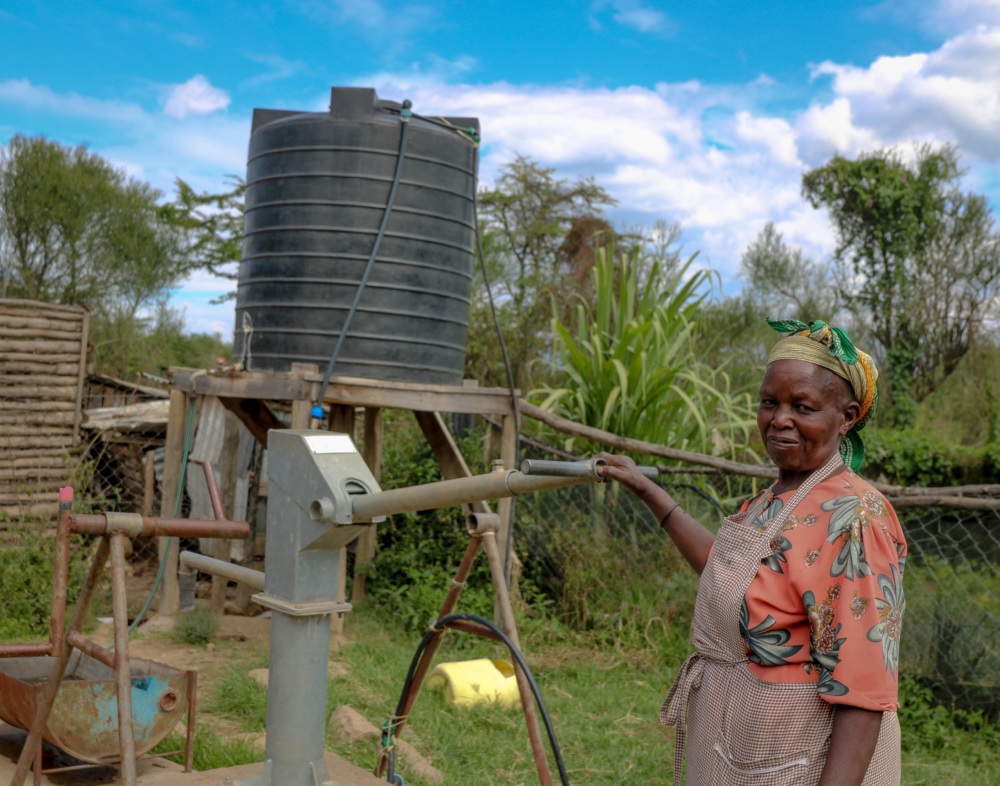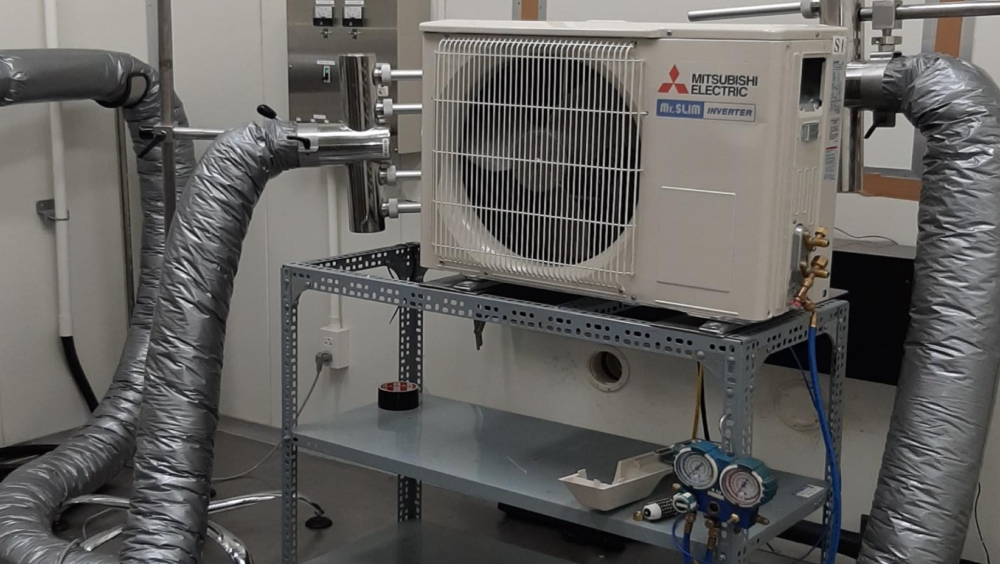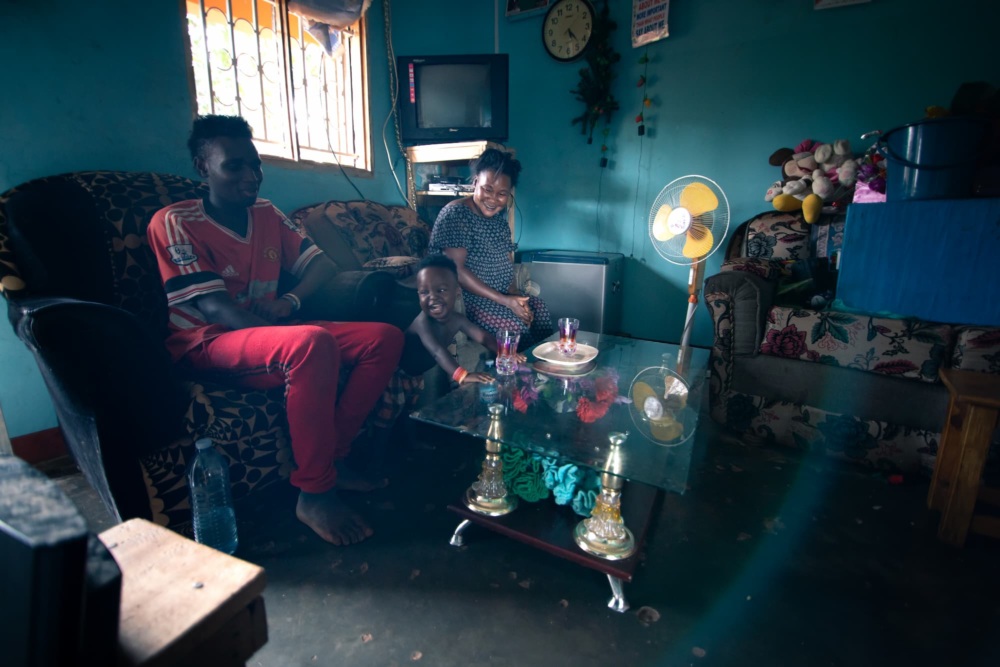European Testing Study finds LED Performance Out-paces Expectations
Summary
Download Report
Fill out the form below to activate file downloads
Lighting has a tremendous impact on our quality of life and our productivity. Artificial illumination extends the productive day, and enables people to work in enclosed space where there is no natural light. Lighting also consumes resources, however, and now accounts for 15% of global energy consumption and 5% of worldwide greenhouse gas emissions. With the advent of light-emitting diode (LED) technology, consumers can access high-quality lighting products at a reduced energy cost and with fewer environmental impacts, particularly when compared to tungsten filament-based technologies such as incandescent and halogen lamps.
The following study, co-authored by CLASP, the governments of Sweden and Belgium, and eceee, presents test results from 170 LED lamps that were purchased in the European market in August and September 2014. The testing measured the efficacy, colour, light distribution pattern, warm-up time, flicker, and other critical quality parameters that are important to consumers. Initial findings after 100 hours of testing were released in November 2014, and an update following 1000 hours of testing was made available in March 2015.
Due to unforeseen market circumstances described in the study, the European Commission proposed a two-year delay to Stage 6 of regulation EC No 244/2009. Stage 6 would remove inefficient (energy label D-class) halogen lamps from the European market in 2016, in favour of efficient technologies such as CFLs and LED lamps (which are energy label class A, A+ and A++). To ensure that European consumers would have access to affordable LED lamps when D-class halogens are no longer available, the Commission proposed a delay to Stage 6 to allow more time for the European LED market to mature. According to this study’s test results, however, LED lamps in Europe are already three to five years ahead of the projected price and energy performance levels that were predicted by the Commission’s consultants in 2013 (see VHK/VITO report). Furthermore, following 1,000 hours of testing, this study finds that most of the lamps being evaluated (15 of the 17 models) meet the Commission’s LED quality requirements.
The market for LED lamps in Europe is moving much faster than previously expected – 50% of the LED lamps tested in this study already exceed the anticipated 2016 price and performance levels. One 2014 LED lamp tested already exceeds the anticipated 2018 level on efficacy and the 2020 level on price. Overall, the clear-glass LED lamps purchased for this study in September 2014 are 11% cheaper, and almost 30% more efficient, than expected.
This study was co-authored by Peter Bennich of the Swedish Energy Agency, Bram Soenen of the Belgian Ministry for Health, Food Chain Safety and the Environment, Michael Scholand of CLASP, and Nils Borg of eceee. Testing was conducted by Christopher Silfvenius and Jonas Pettersson at the Swedish Energy Agency.
Follow the Policymaking Process:
- eceee, 244/2009 and 874/2012: Domestic lighting; incandescent, halogen, and compact fluorescent lamps
Learn More:
- eceee, Updated test report confirms rapid development of LED lamps
- The Guardian, LED lighting surge dimmed by halogen lamp reprieve in Brussels
- CoolProducts EU, Wasteful halogens kept on to please German industry
- ENDS Europe Daily, Research casts doubt on delay to halogen bulb ban

